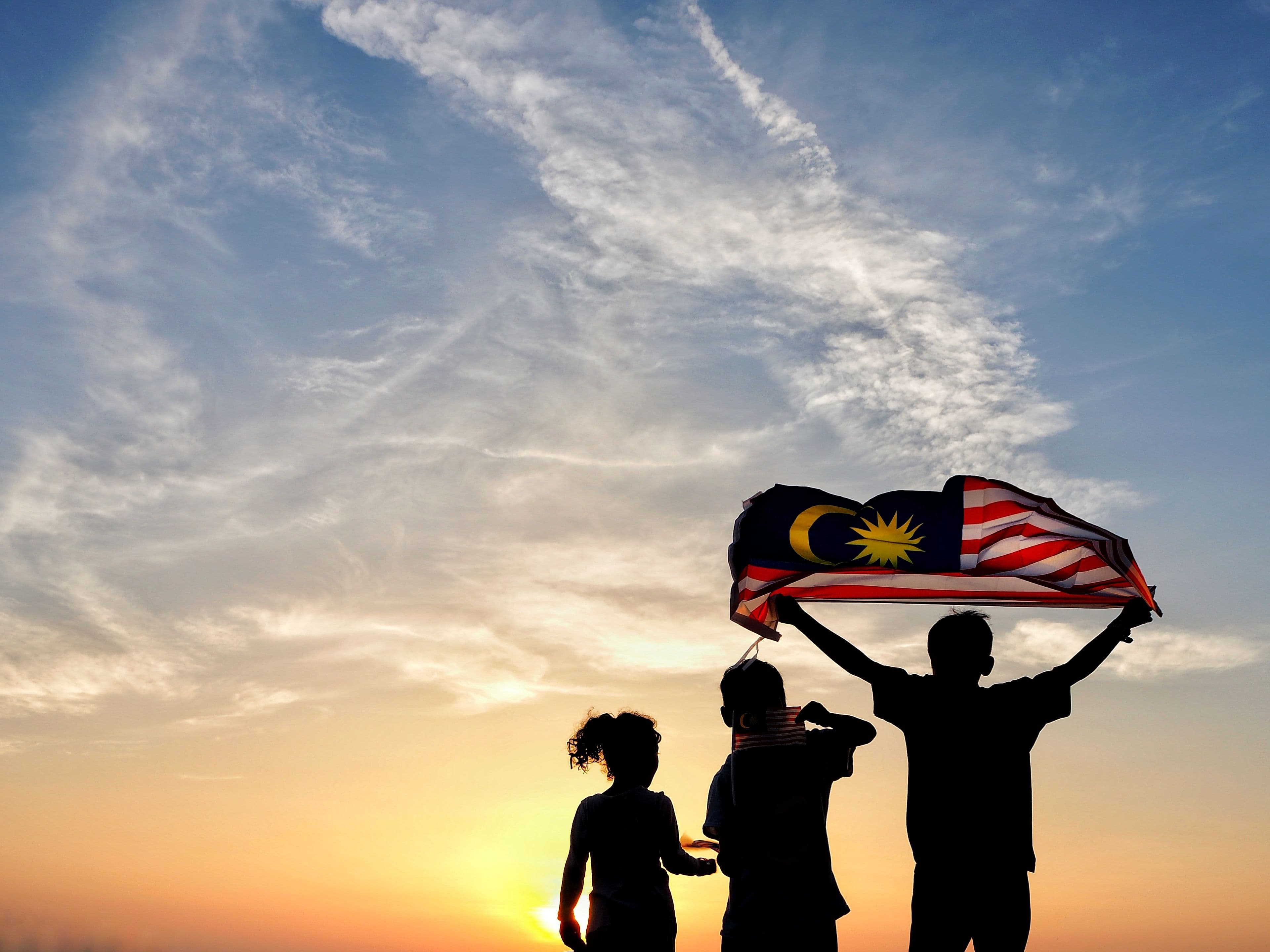
Countdown to Merdeka: A Walk Through Malaysia’s Freedom
As August arrives, there’s a familiar hum across Malaysia. Streets and buildings are adorned with Jalur Gemilang, patriotic songs play on radio stations, and conversations turn toward a special day in the nation’s heart — Merdeka Day.
On 31 August, Malaysians commemorate their nation’s independence from British colonial rule in 1957. It’s a day of unity, pride, and reflection, when the journey from struggle to sovereignty is remembered with gratitude.
This year, let’s mark the countdown to Merdeka not just with flags and fireworks, but with a walk through two iconic destinations that have witnessed Malaysia’s story: Dataran Merdeka in Kuala Lumpur and historic Malacca.
Merdeka Day – More Than a Date on the Calendar
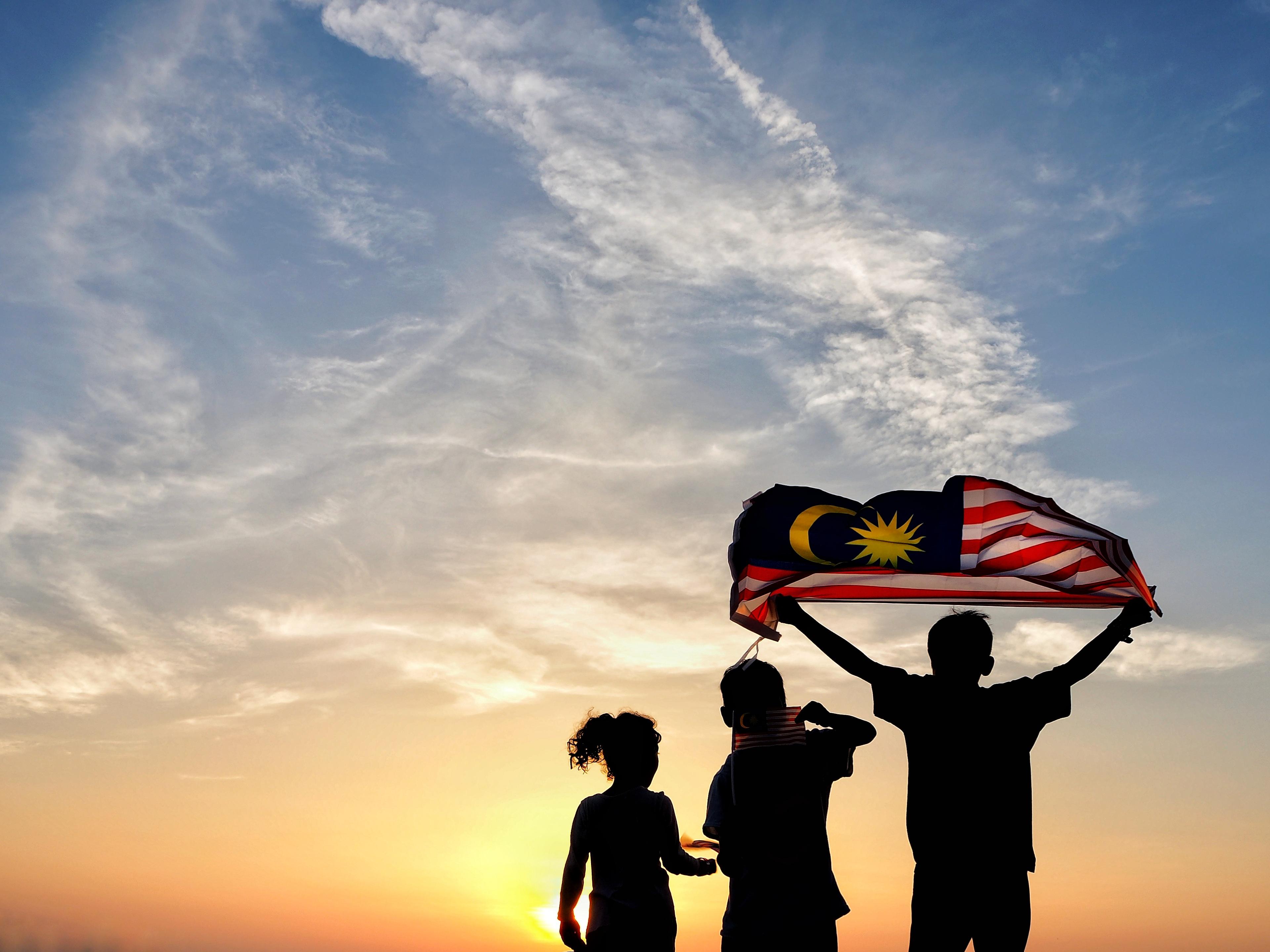
Preview
Before diving into the locations, it’s worth pausing on what Merdeka truly means.
The word “Merdeka” itself signifies freedom, independence, and self-determination. Merdeka Day is more than a public holiday — it’s a reminder of the sacrifices, unity, and shared vision that brought together a diverse nation.
On 31 August 1957, the first Prime Minister, Tunku Abdul Rahman, declared independence at a field now known as Dataran Merdeka. This moment was the culmination of decades of effort, negotiation, and resilience.
Today, Merdeka Day celebrations echo this historic event with:
- Parades and performances showcasing Malaysia’s cultural diversity
- Patriotic speeches and flag-raising ceremonies
- Community activities and exhibitions reflecting on national unity
It’s a day to remember where Malaysia has been, where it stands, and where it’s headed.
Dataran Merdeka – The Heart of Malaysia’s Independence

Preview
Standing in the heart of Kuala Lumpur, Dataran Merdeka (Independence Square) is not just an open field surrounded by colonial-era architecture — it’s the very place where Malaysia’s modern story began.
The Historic Moment
On that defining morning of 31 August 1957:
- The Union Jack was lowered for the last time.
- The Jalur Gemilang was raised high.
- Tunku Abdul Rahman led the crowd in seven chants of “Merdeka!”, each one echoing louder in the hearts of Malaysians.
This was not just a ceremonial act — it was a declaration that a new chapter had begun, free from colonial rule.
What to See at Dataran Merdeka
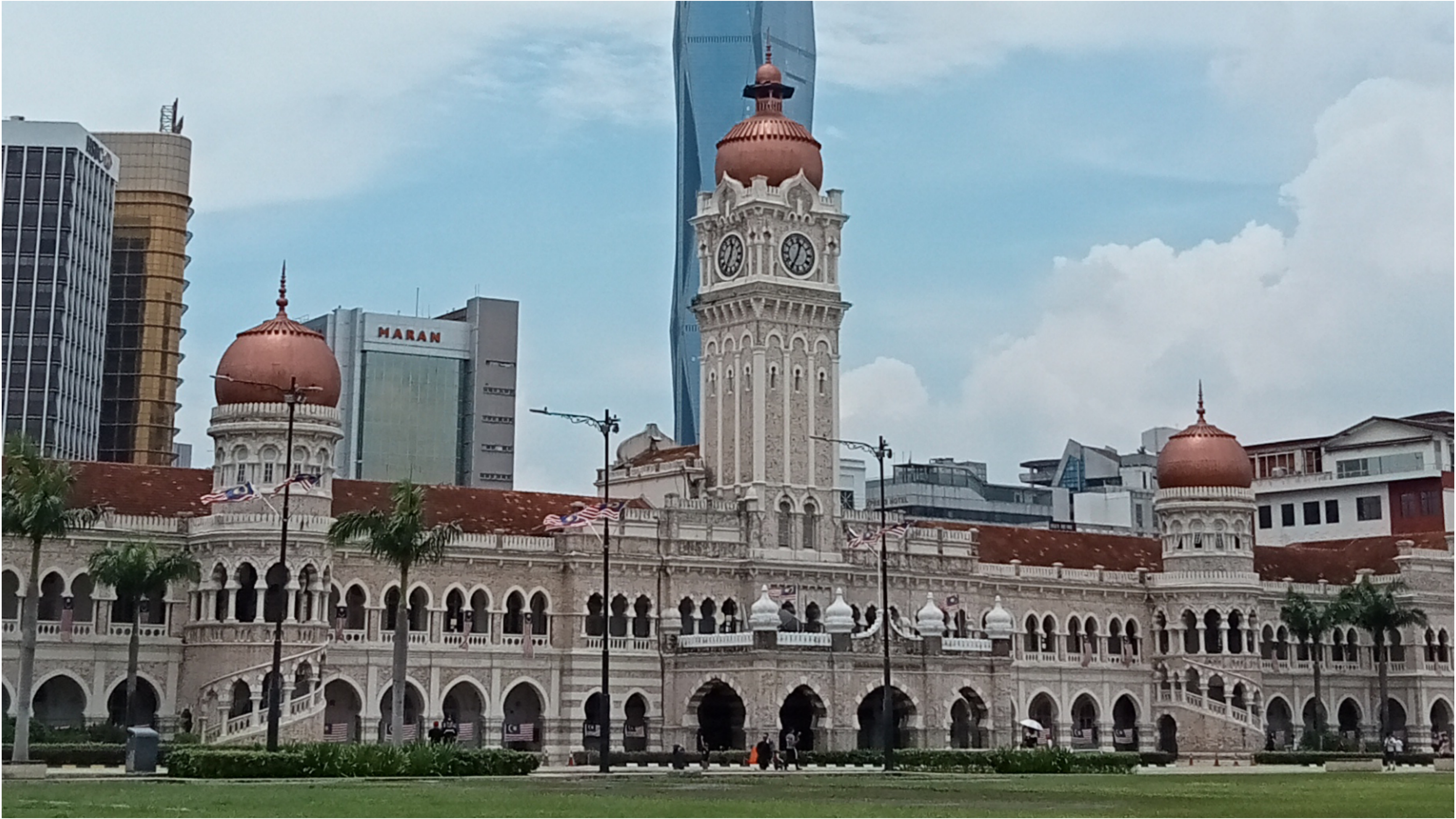
Preview
- The Field Itself: A vast green lawn where the independence ceremony took place. Standing here, you can almost hear the chants of “Merdeka!” in the air.
- Sultan Abdul Samad Building: An architectural gem with Moorish-inspired arches and a copper dome. It has stood for over a century and now houses government offices.
- The 95-Metre Flagpole: Once the tallest in the world, it marks the spot where the Malaysian flag was first raised.
- KL City Gallery: Offers miniature models and exhibitions narrating Kuala Lumpur’s history — a great spot to start your Merdeka trail.
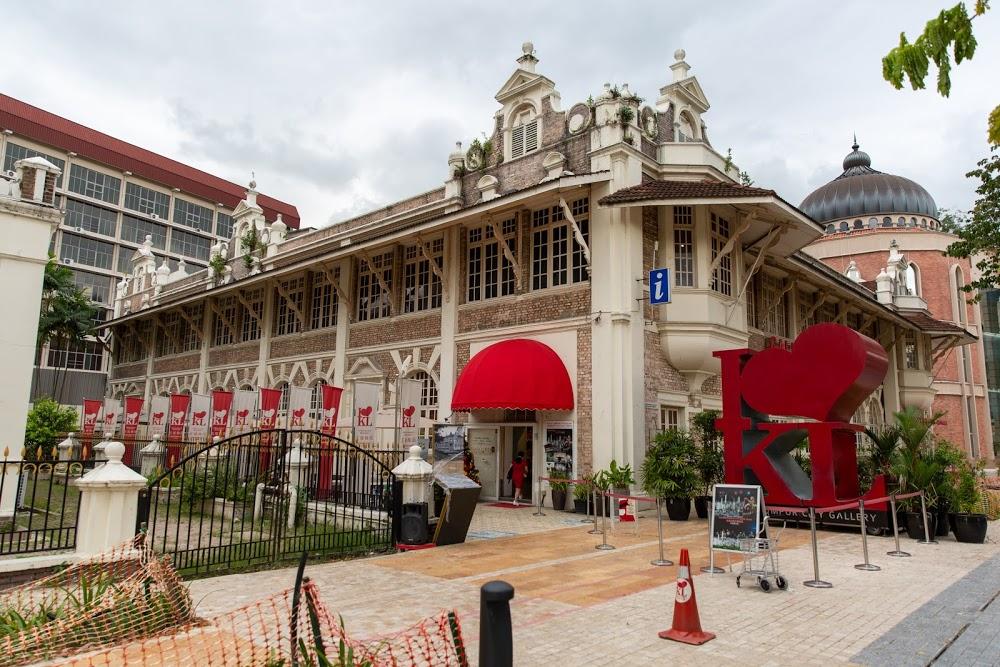
Preview
Photography Tips for Dataran Merdeka

Preview
- Golden Hour Glow: Visit early morning or late afternoon for warm, soft light on the buildings.
- Wide Shots: Use a wide-angle lens to capture the entire Sultan Abdul Samad Building and the flagpole.
- Details Matter: Zoom in on intricate tilework, carvings, and vintage street lamps for Instagram-worthy close-ups.
- Flag-In-Frame: Frame the Jalur Gemilang against the colonial façades for a patriotic shot.
Historic Malacca – A Crossroads of Cultures
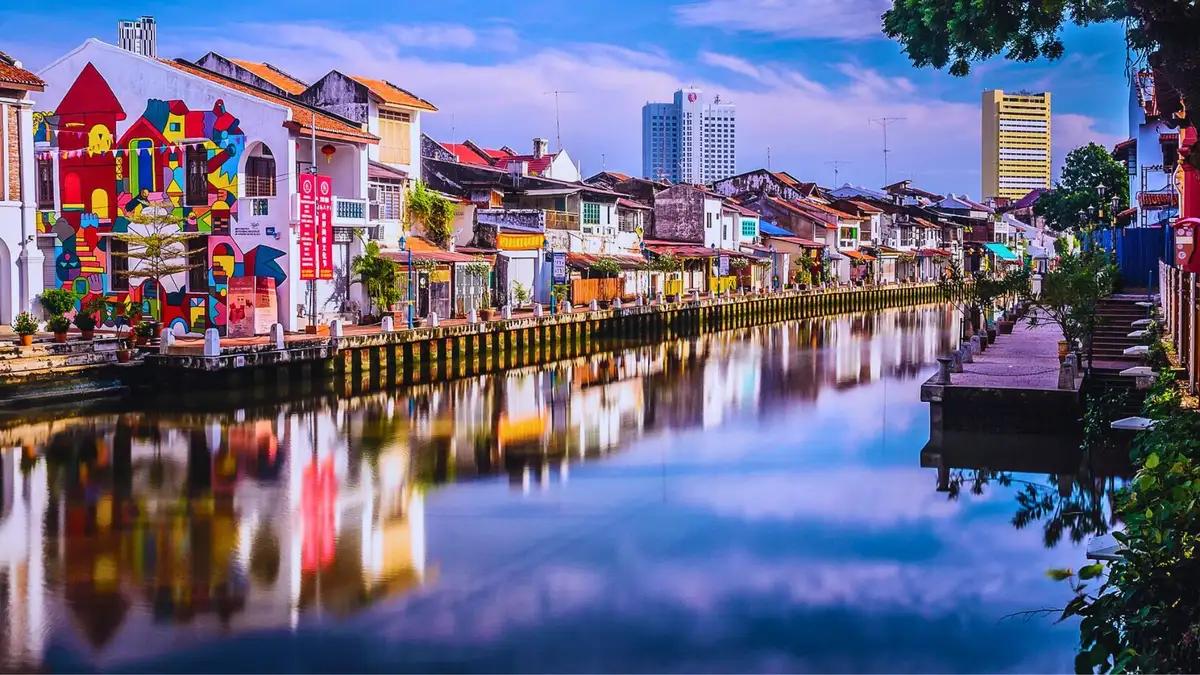
Preview
If Dataran Merdeka is the symbolic birthplace of modern Malaysia, Malacca is the living museum of the nation’s layered past.
Listed as a UNESCO World Heritage Site, Malacca tells the story of centuries of trade, cultural exchange, and colonial rule — Portuguese, Dutch, and British — before independence.
Malacca’s Role in Malaysia’s Story
Malacca’s strategic port made it a jewel worth claiming, and over 500 years, it passed through multiple colonial hands. By the mid-20th century, Malacca became a symbol of Malaysia’s resilience, holding onto its multicultural identity despite foreign influence.
What to See in Malacca
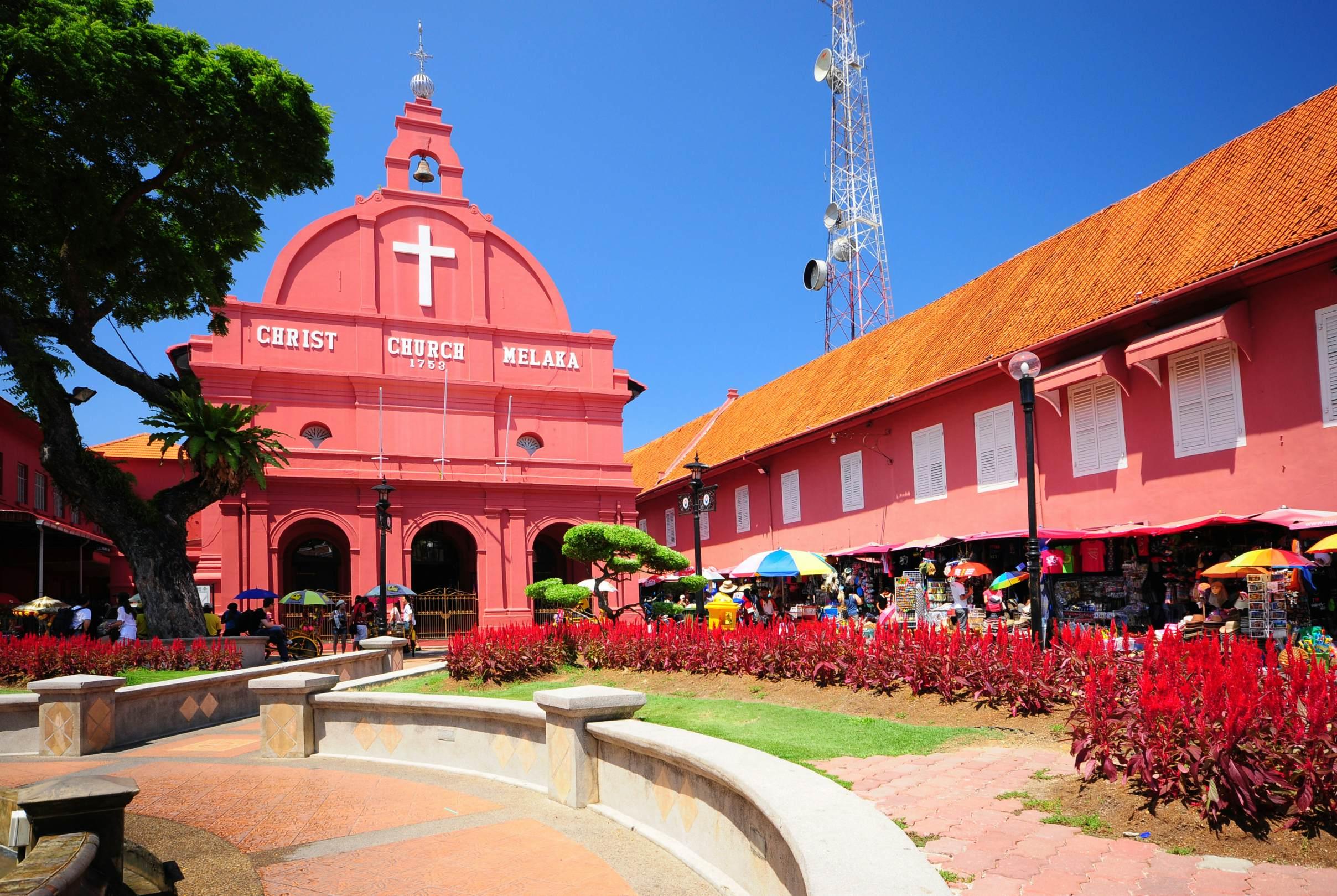
Preview
Stadthuys & Christ Church: The striking red Dutch Square buildings, reminders of 17th-century colonial governance, now house museums and galleries.
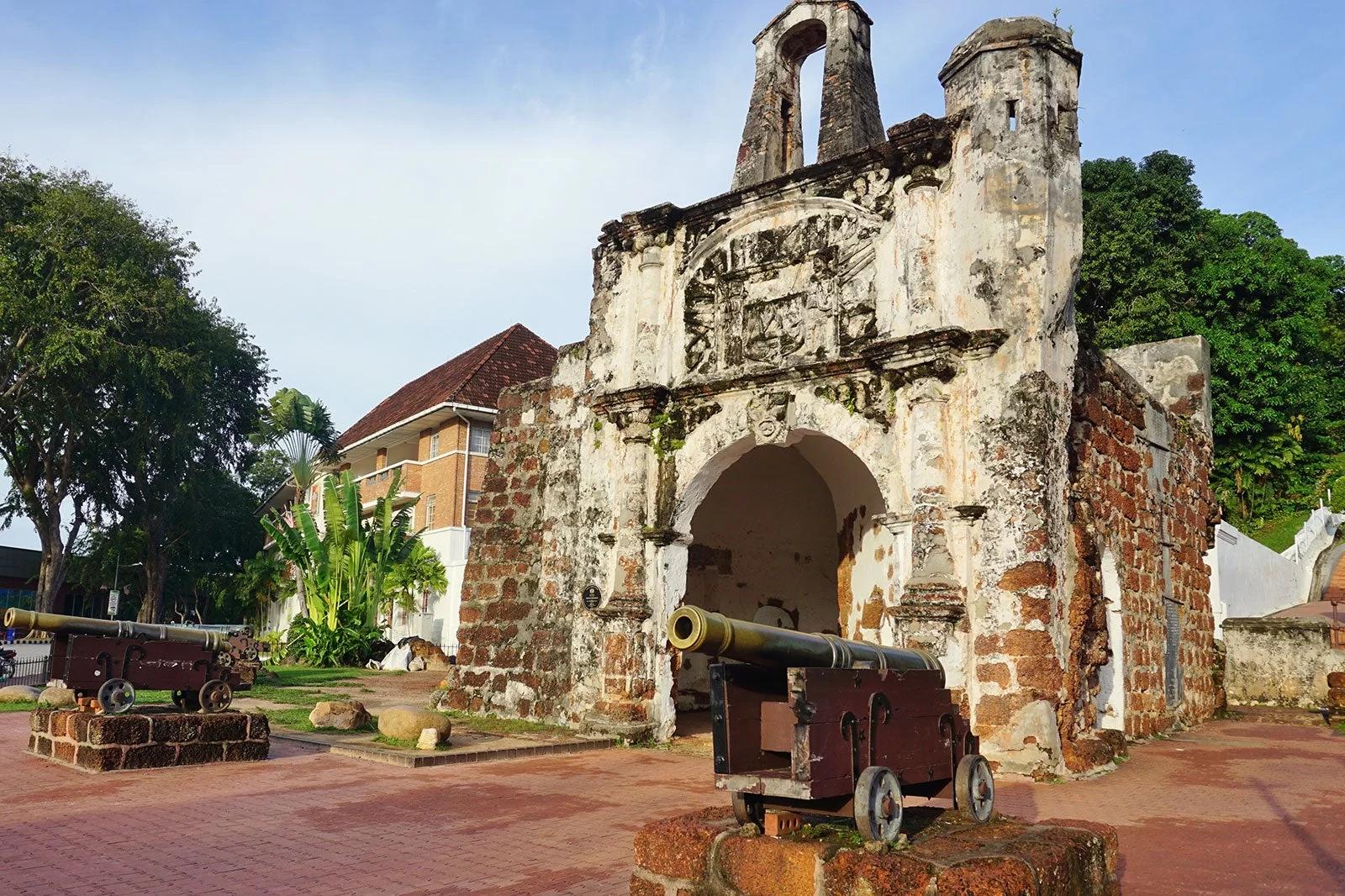
Preview
A Famosa Fort: The remains of a Portuguese fortress, one of the oldest European architectural structures in Asia.
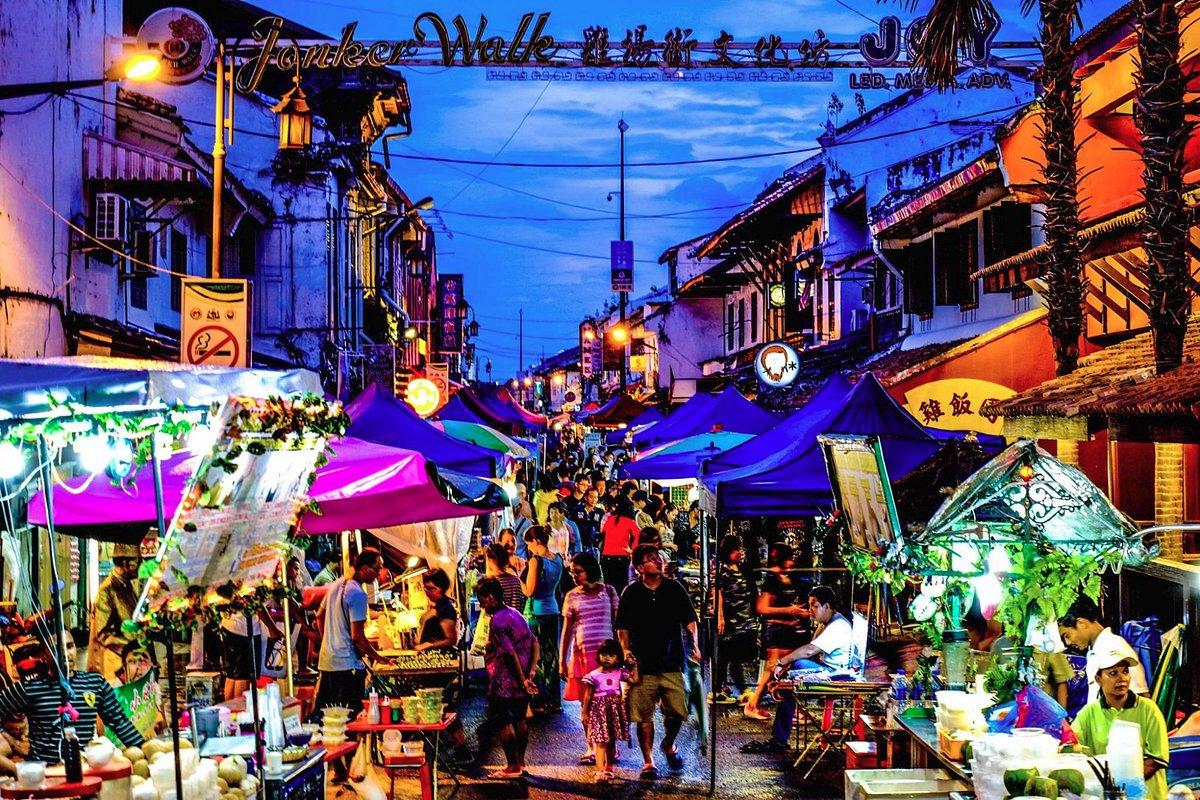
Preview
Jonker Street: A bustling mix of Peranakan shops, antique stores, and street food vendors.
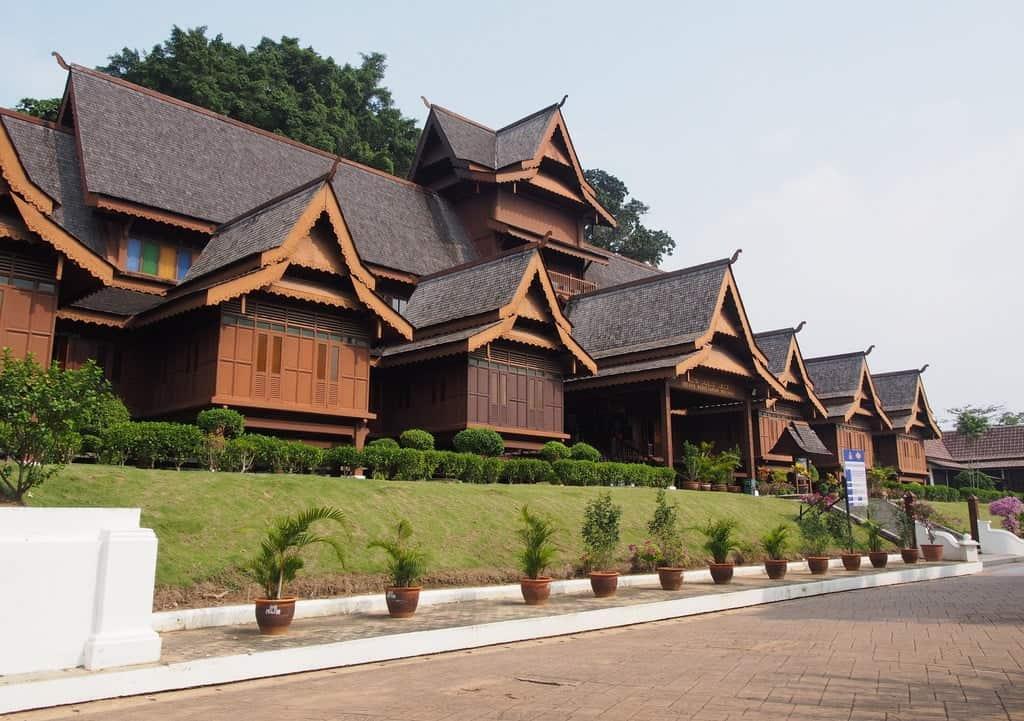
Preview
Malacca Sultanate Palace Museum: A wooden replica of the original 15th-century palace, showcasing Malay history and royal traditions.
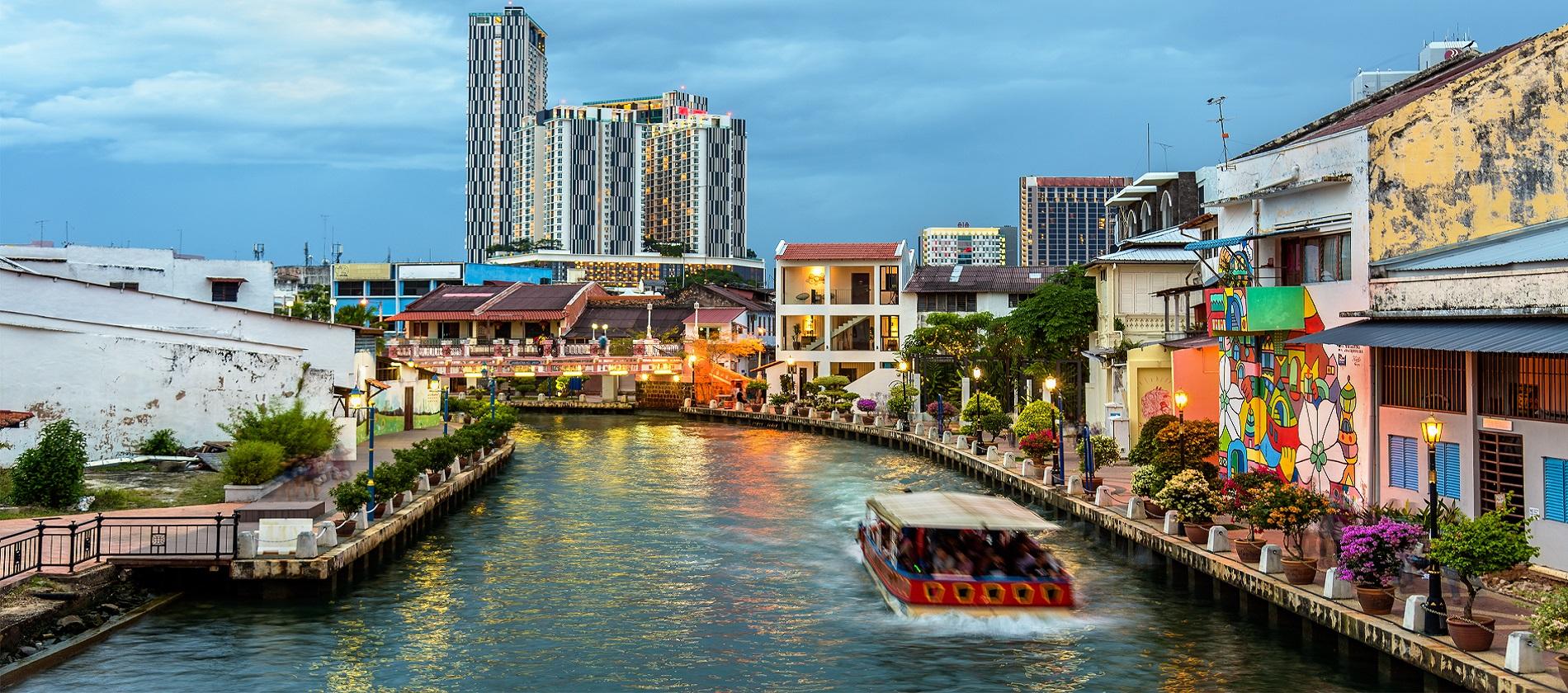
Preview
Malacca River Once the lifeline of the city’s trade, it is now a scenic walkway with vibrant murals and cafés.
Taste of Heritage – Malacca’s Food Scene
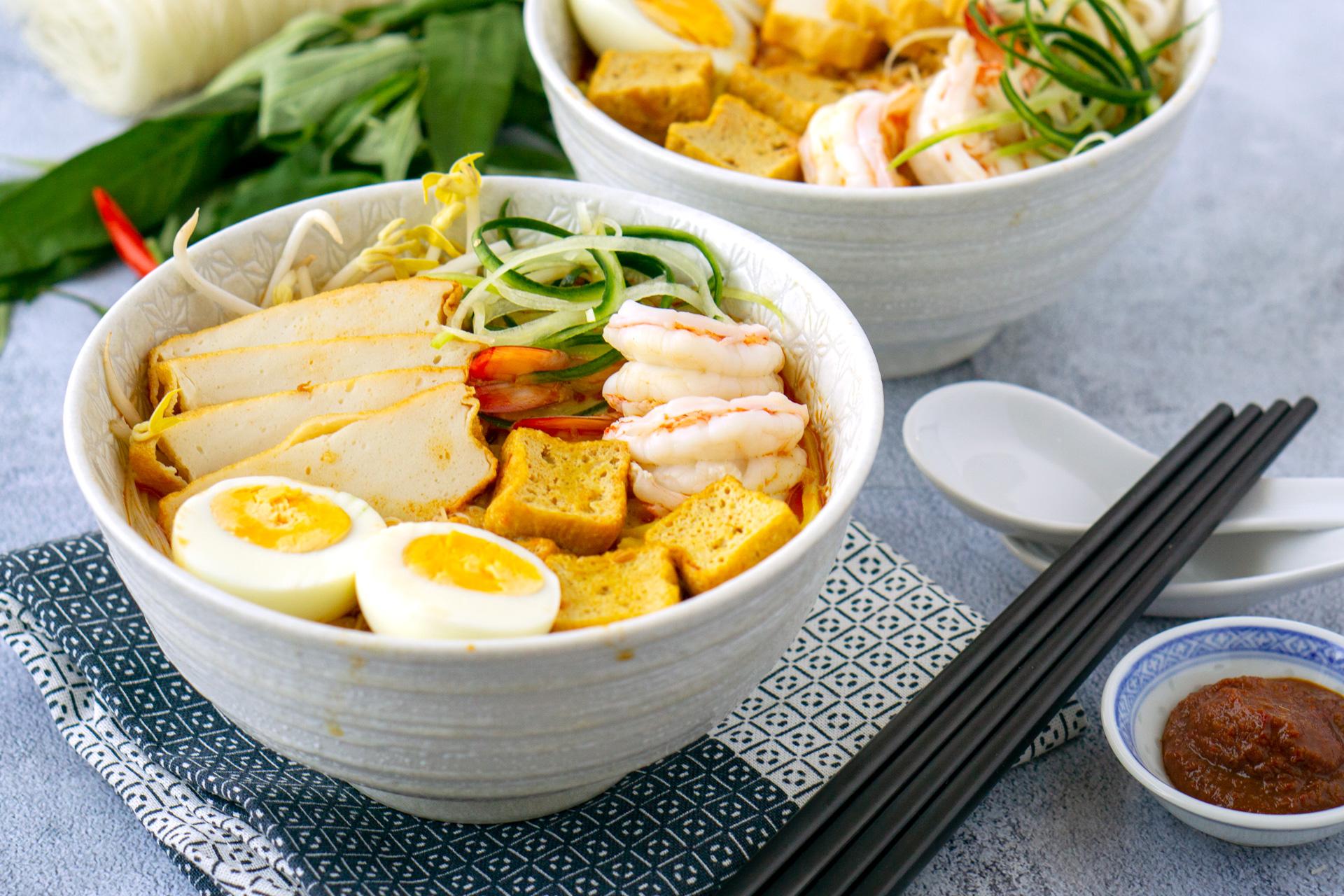
Preview
Malacca’s cuisine is a flavour map of its history:
- Nyonya Laksa: Peranakan coconut curry noodles
- Chicken Rice Balls: A twist on Hainanese chicken rice
- Cendol: Shaved ice with gula Melaka, pandan jelly, and coconut milk
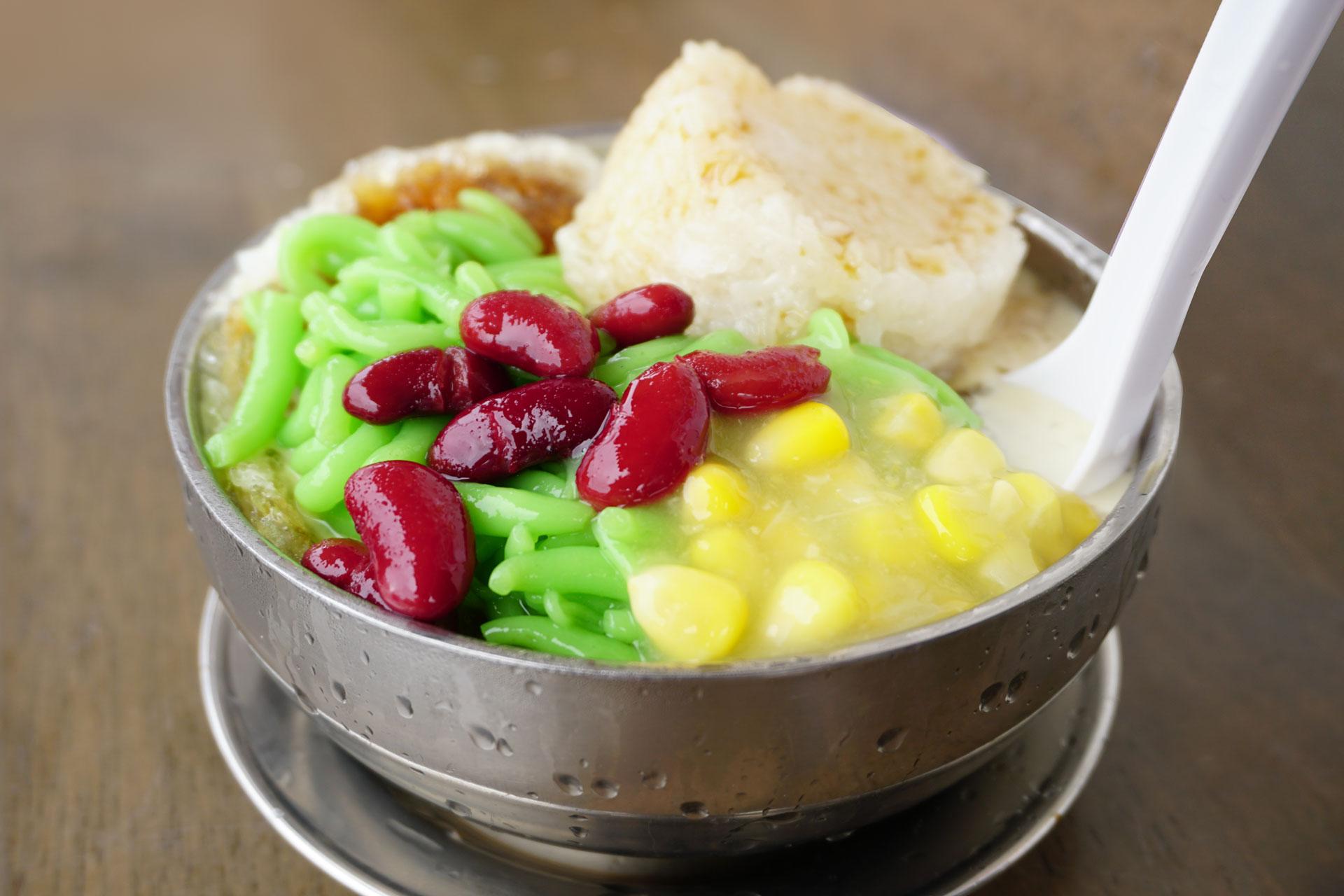
Preview
Food here is not just sustenance — it’s a cultural handshake between generations.
Photography Tips for Malacca
- Red Square Focus: Early morning shots capture the quiet charm of Dutch Square without crowds.
- Riverside Twilight: The river at dusk, with café lights reflecting on the water, is magical.
- Market Details: Close-up shots of Nyonya kueh, vintage signs, and colourful tiles tell rich stories.
- Heritage Contrast: Frame traditional shophouses against modern life for a visual metaphor of Malaysia’s journey.
Suggested Merdeka Trail Itinerary
Day 1 – Kuala Lumpur (Dataran Merdeka)
- Morning: Visit Sultan Abdul Samad Building & Flagpole
- Afternoon: KL City Gallery & Independence Memorial
- Evening: Enjoy local eats at Jalan Masjid India or Kampung Baru
Day 2 – Malacca
- Morning: Dutch Square, Christ Church, Stadthuys
- Midday: Jonker Street for lunch & antiques
- Afternoon: A Famosa, Sultanate Palace Museum
- Evening: Malacca River Cruise
Building Emotional Momentum Toward Merdeka
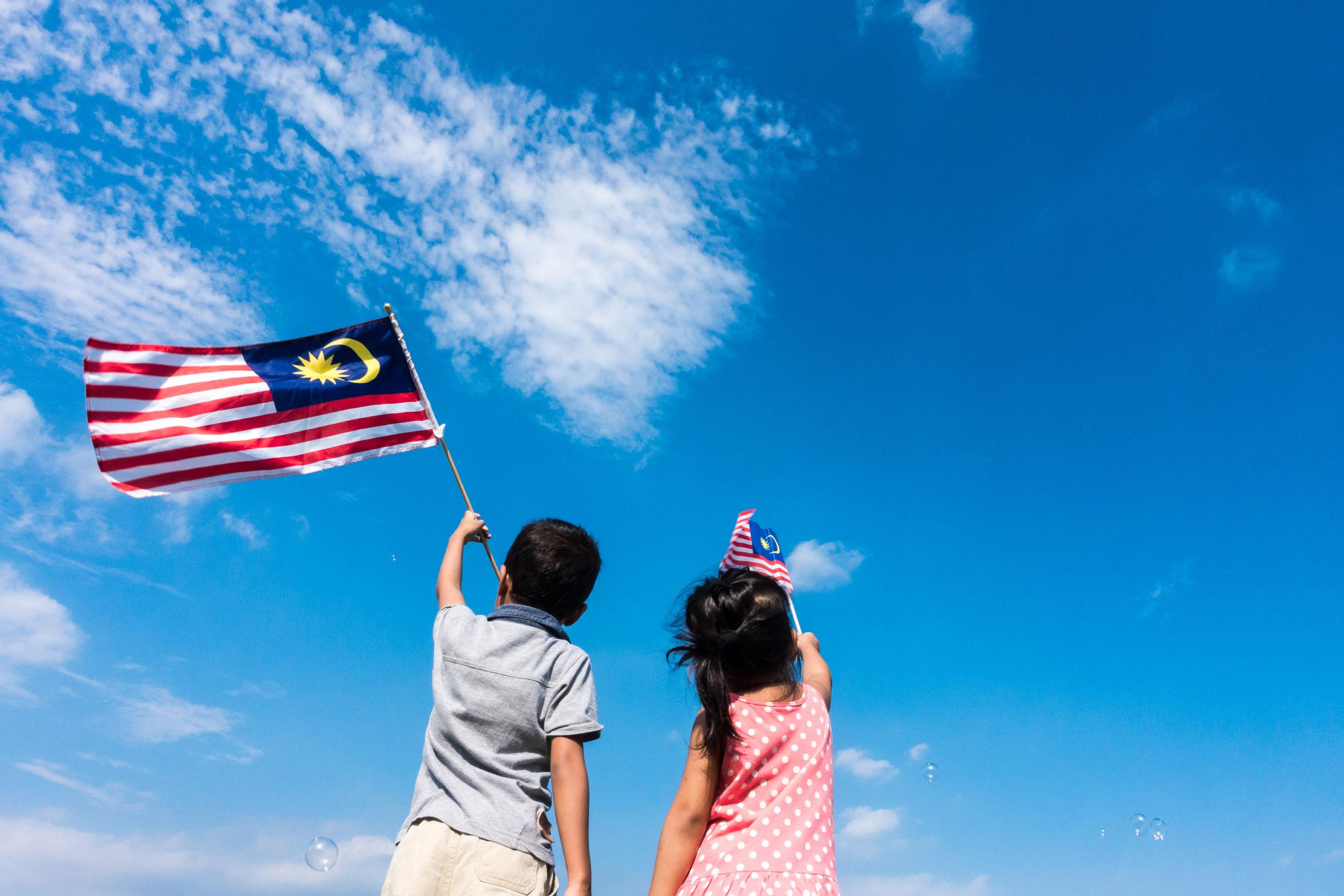
Preview
Walking through Dataran Merdeka and historic Malacca before Merdeka Day is more than sightseeing — it’s connecting with the nation’s heartbeat. You see the past not as distant history, but as a living, breathing presence in the architecture, the food, the stories passed down.
These places remind us:
- That independence was earned, not given.
- That unity is built in everyday interactions.
- That pride in one’s nation is best expressed through preserving heritage and sharing it with the world.
Travel Tips for a Meaningful Merdeka Experience
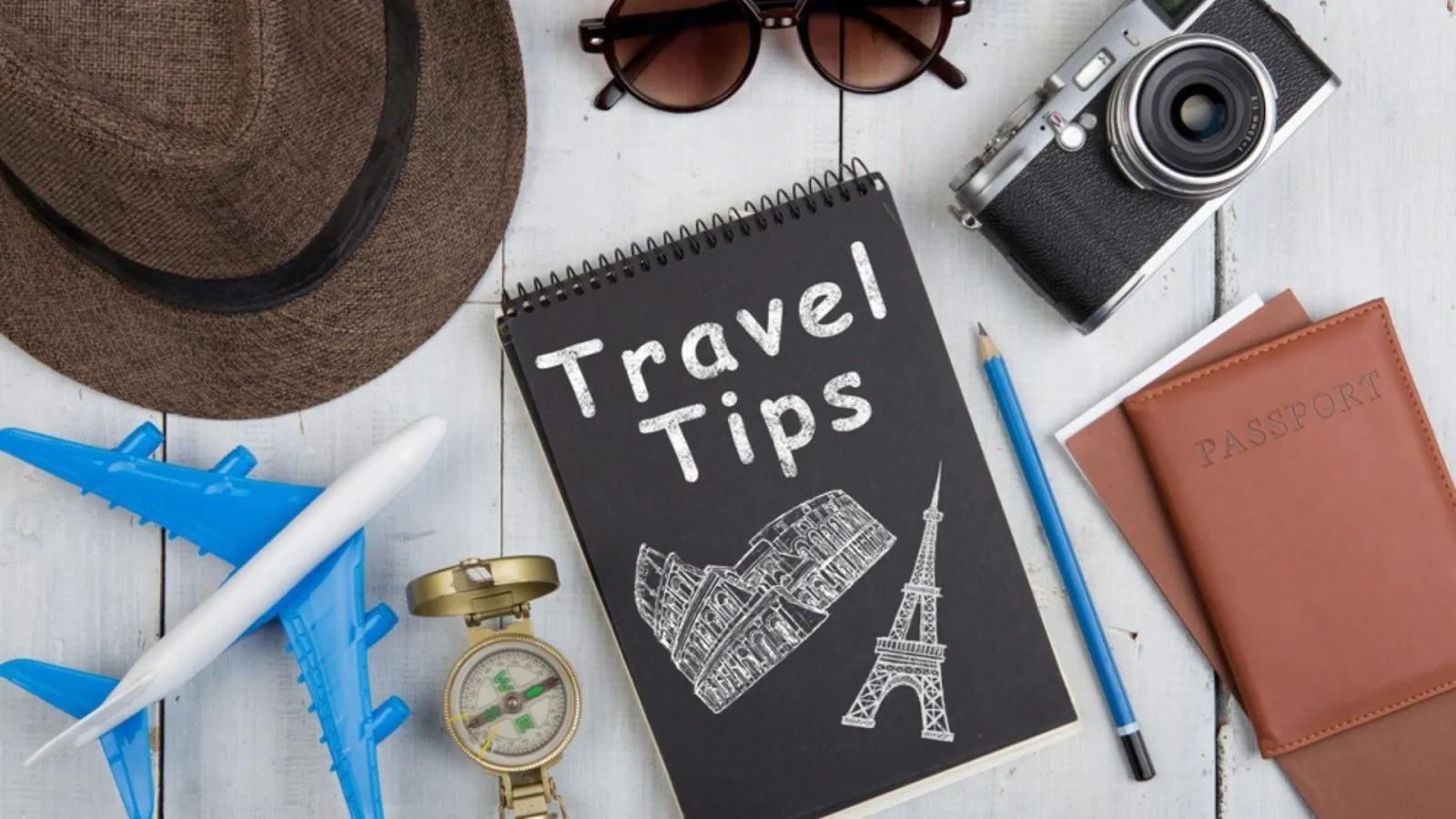
Preview
- Plan Around Merdeka Weekend: Expect special parades, exhibitions, and performances at Dataran Merdeka.
- Stay Overnight in Malacca: To enjoy both the day and night atmospheres.
- Join Guided Tours: It offers curated cultural itineraries for deeper insights.
- Wear Comfortable Shoes: You’ll walk a lot!
- Carry the Flag: A small Jalur Gemilang makes for great photos and a proud statement.
Final Thoughts: Freedom in Every Step
Merdeka Day is about remembering where Malaysia came from and celebrating where it’s going. When you stand on the field at Dataran Merdeka or stroll along the Malacca River, you’re walking the same paths where history unfolded.
You’re not just a visitor — you’re part of the ongoing story of Malaysia’s unity, pride, and independence.
So as the countdown to Merdeka ticks on, make your way to these historic spots. Feel the weight of history, the warmth of shared pride, and the promise of a united future.
Selamat Hari Merdeka, Malaysia by LAGO Travel. Here’s to freedom, unity, and the journeys that keep us connected.
